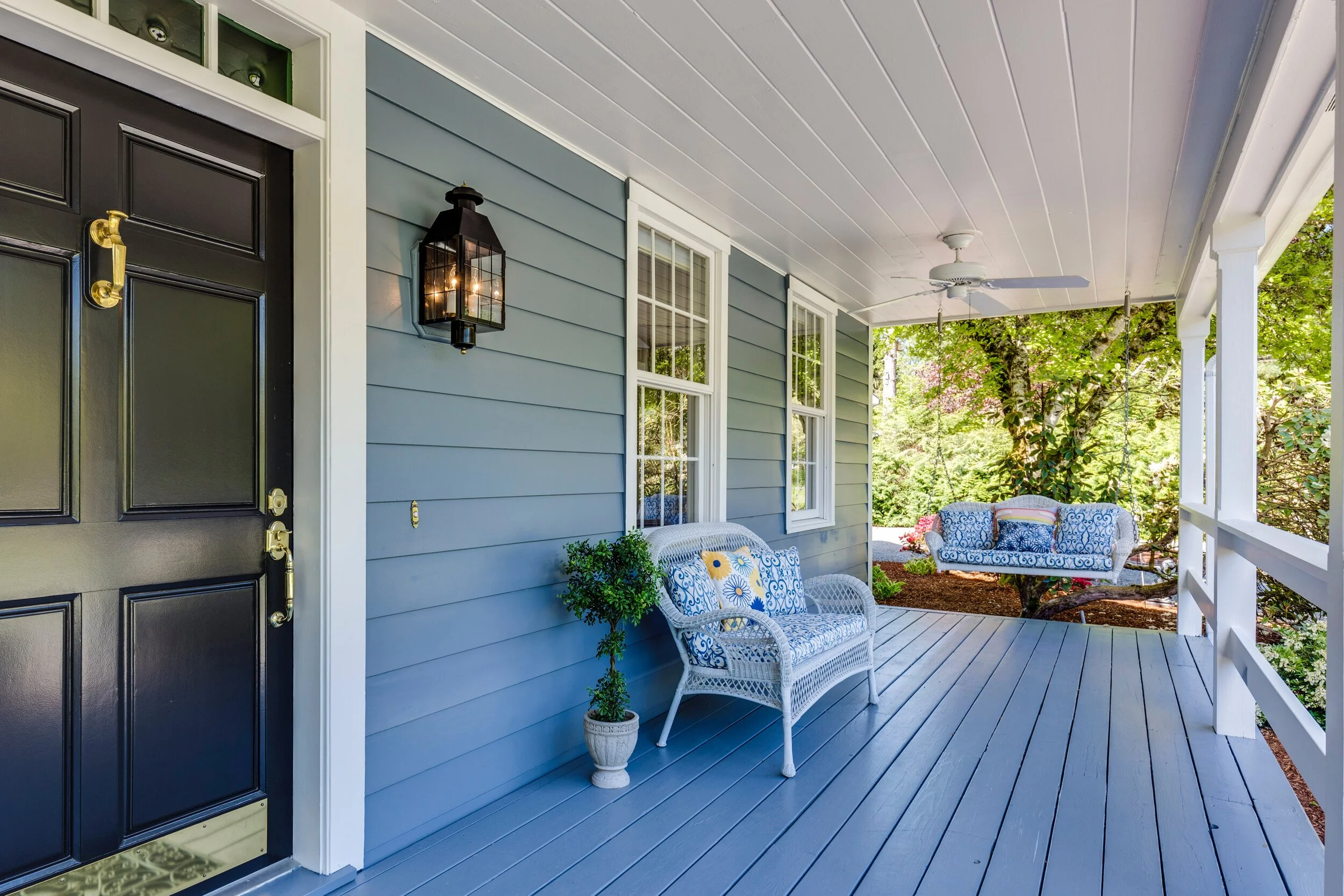By: Peter Tutanes
As you relax in the privacy of your backyard deck, your trail of random thoughts may have briefly wandered into certain meditative issues such as this: you may be comfortably standing on your deck, but do you really know what your deck is standing on?
By: Don Olivieri, AIA
In Illinois we have a law that requires the use of the Illinois Accessibility Code (IAC) with an effective date of April 24, 1997. Although, as of this writing, the code is in the “rule making process” and should be updated soon; the Capital Development Board, the agency in charge of updating it, has yet to give a new release date.
By: Kevin Walsh, AIA
Light frame wood construction, or Type V construction per International Code Council’s International Building Code, is commonly used by architects and builders as an efficient construction method for residential and light commercial applications.
By: Glenn Laaspere, NCARB
Every Building Needs One; Here's How to Make One
Evacuation plans and procedures save lives. In an emergency situation, disorganized evacuation results in confusion which could cause unnecessary property damage, injury or even death. When developing your evacuation plan and procedures, it is important to consider the following:
By: Kevin Walsh, NCARB, LEED G.A.
General
Residential fire sprinklers have been around for decades, but the International Code Council began including the requirement for residential fire sprinklers in the 2009 International Residential Code. (Section R313)
By: Kevin Walsh, Architect
As technology progresses, architects and other design professionals are striving to become more and more technologically savvy. The building industry is an ever-evolving world with the switch to computer aided drafting in the last couple of decades, and now we are merging into the building information modeling (BIM) era.
By: Don Olivieri, Architect
Significant Changes to the
2018 International Residential Code
This white paper is prepared to aid our Residential Building Clients and Governmental Code Enforcement friends and clients in understanding the changes that will be in the new addition of the IRC (International Residential Code).
By: Alex Hothan, Architect
Solar Photovoltaic Alternative Energy Sources in NEC 2014 & 2017
Photovoltaic energy sources have introduced some interesting challenges to electrical safety.
By: Kevin Walsh, NCARB
As architects, code officials, and plan reviewers, it is critical to understand the fire protection requirements of the local adopted building code. For most, the adopted building code is a version of the International Building Code (IBC) and International Fire Code (IFC) and IBC defines fire protection systems as “Approved devices, equipment and systems or combinations of systems used to detect a fire, activate an alarm, extinguish or control a fire, control or manage smoke and products of a fire or any combination thereof.”
By: Don Olivieri, NCARB
Carbon Monoxide is a poisonous, and fatal gas that is odorless and very difficult to detect without the right equipment. In or to protect the health and welfare of the public, the International Code Council has updated their detection requirements in the new 2015 International Building Code (IBC).
By: Glenn Laaspere, NCARB, LEED GA
“Twenty-one percent of the total energy used in commercial buildings and 38 percent of all electricity used in commercial buildings is used for artificial lighting”
This number is trending down and that’s due in part to energy conscious changes in code requirements and the increased affordability of high-efficiency lighting solutions.
By: Ashley Cooper
10 Tips to Get Through Architecture School
Graduating from the University of Illinois with a Bachelor of Science in Architecture has been the hardest experience I have been through thus far, but it has also been the greatest and most rewarding part of my college career.
By: Kevin Walsh, NCARB, LEED GA
If you’ve driven by a construction site for a large building in the past twenty years, chances are you did not see much wood construction on site. In fact, you probably only saw wood being used to help construction crews erect a different material such as concrete or brick.
By: Don Olivieri, NCARB
Every three years the International Code Council updates the International Building Code (IBC). The IBC is widely adopted throughout the country in whole or with various amendments. In 2015 the 2015 IBC was completed and now many of the villages, municipalities, counties and states are adopting this new code.
By: Kevin Walsh
Your building consumes a great deal of energy every day to remain comfortable and functional. You are reminded of this when the energy bills come every month. But, are you paying too much?
By: Alex Hothan, Licensed Architect
For many of us, we feel like we are doing your part by regularly recycling paper and aluminum cans, and each week taking our box of recycling to the curb or drop off center.















![20607983004_06af3e99f7_b[1].jpg](https://images.squarespace-cdn.com/content/v1/5dadcde3b9438f1dd53556a0/1578882029230-ZDJ01SCWZVHH9TOADVBD/20607983004_06af3e99f7_b%5B1%5D.jpg)